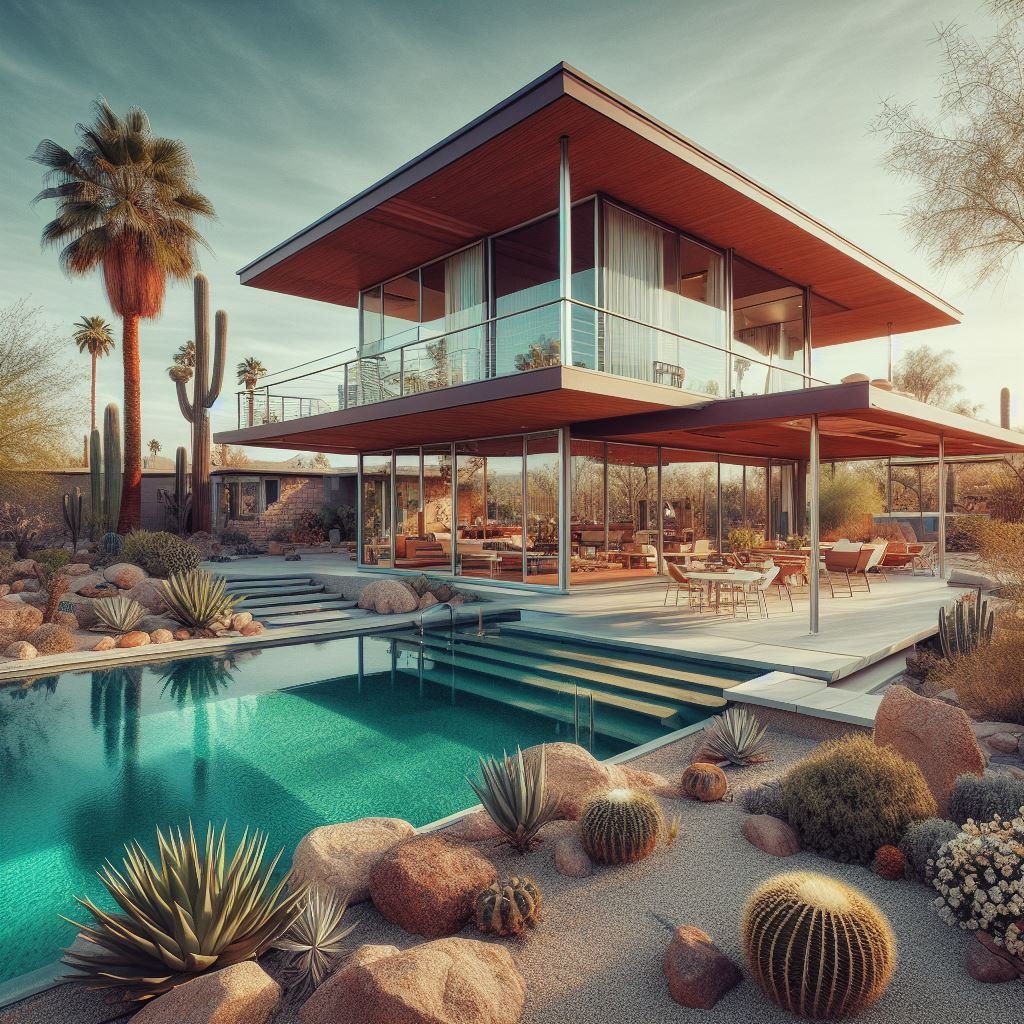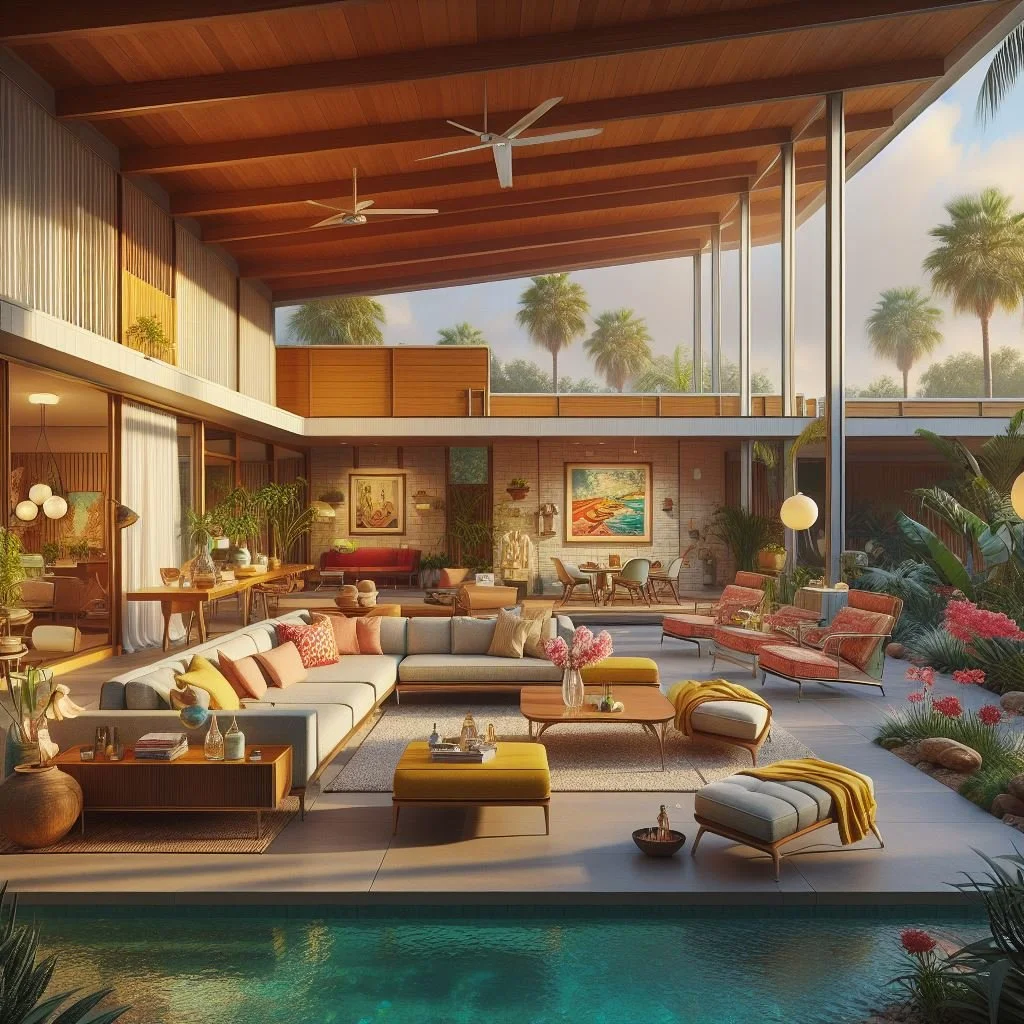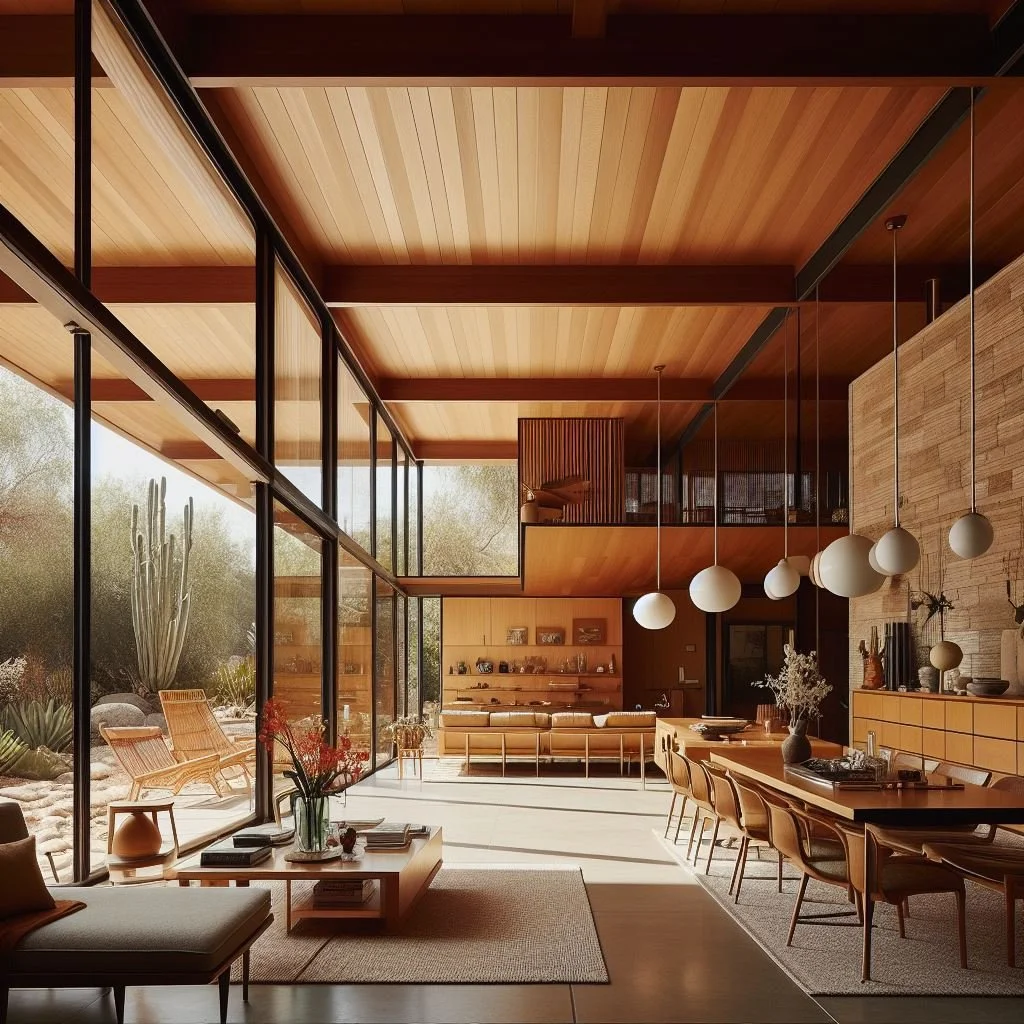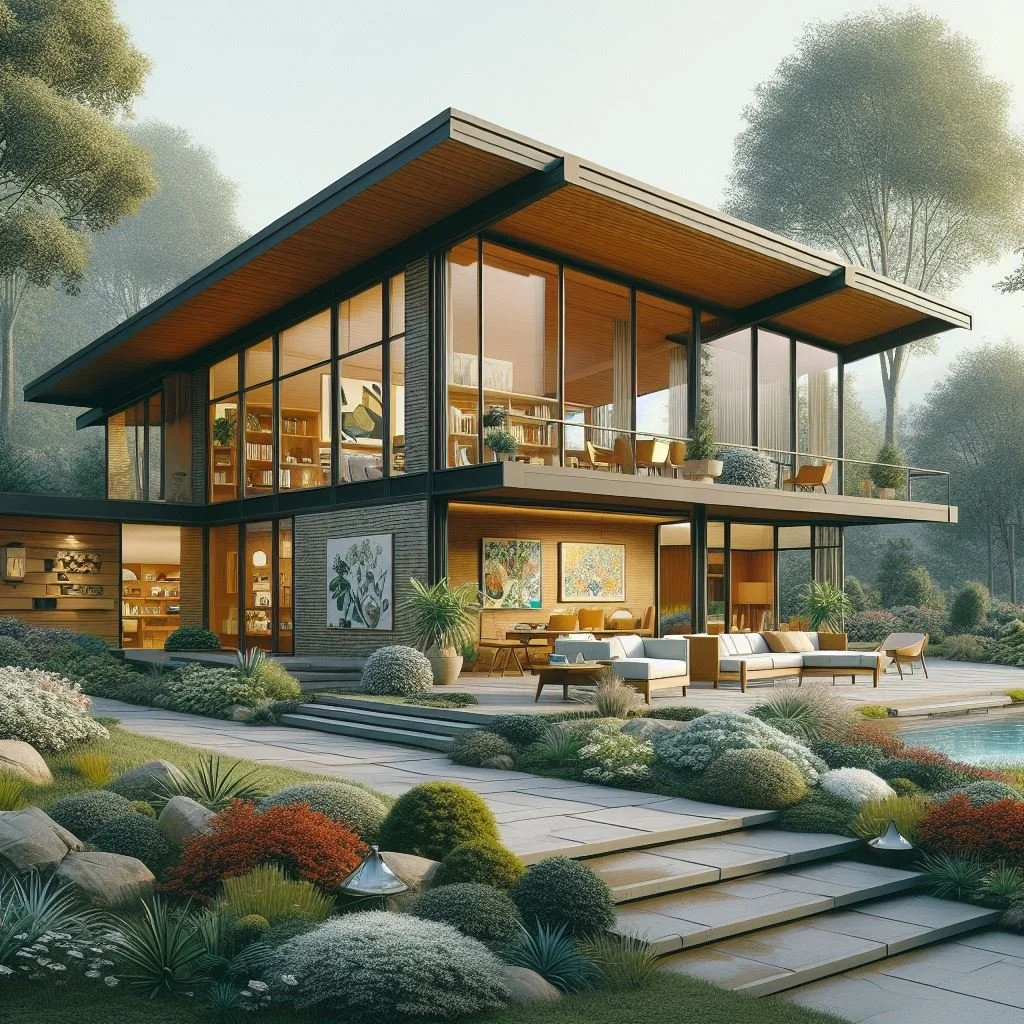Exploring Mid-Century Modern House Styles
Dive into the allure of mid-century modern houses, where sleek design meets timeless elegance. Explore the characteristics, and discover why these homes stand the test of time.
Welcome to the world of the "mid-century modern house," where architectural elegance and functionality coalesce into a symphony of style. These homes, rooted in the post-World War II era, have stood the test of time, maintaining their relevance and desirability in the ever-evolving landscape of housing trends.
Defining the Mid-Century Modern House
Before we take a stroll down the retro lane, let's nail down what exactly constitutes a mid-century modern house. Picture this: clean lines, ample windows, and a seamless integration with nature. These homes, prevalent from the 1940s to the 1970s, embody an aesthetic that marries form and function in a dance of architectural finesse.
Sleek Lines and Angular Forms
The mid-century modern house doesn't tiptoe around with curves. It embraces straight lines and angular forms, giving it an unmistakable geometric flair.
Large Windows: Inviting the Outdoors In
Walls of glass are the norm, not the exception. These houses are all about creating a connection with the outdoors, allowing natural light to flood the interiors.
Open Floor Plans: Breaking Down Walls
Say goodbye to the boxed-in feeling. Mid-century modern houses revel in open spaces, breaking down traditional room barriers to foster a sense of airiness and flow.
Integration of Nature: Bringing the Outside Inside
Whether through large windows, sliding glass doors, or outdoor patios, these houses blur the lines between indoor and outdoor living.
The Mid-Century Modern House: A Walk Through Time
Let's take a stroll through the decades and witness how the mid-century modern house evolved, leaving an indelible mark on the architectural landscape.
1940s: Birth of a Style
In the aftermath of World War II, a wave of optimism and innovation swept across the United States. Architects, inspired by the Bauhaus movement, began crafting homes that reflected the changing times.
The "mid-century modern house" emerged as a response to the need for functional and efficient living spaces.
Architects like Frank Lloyd Wright and Richard Neutra laid the groundwork, emphasizing the use of natural materials and a harmonious relationship with the surroundings.
1950s: The Golden Age
The post-war economic boom set the stage for the golden age of mid-century modern architecture. The demand for housing skyrocketed, and architects embraced a newfound freedom in design.
Iconic furniture designers such as Charles and Ray Eames contributed to the aesthetic with their innovative and stylish creations.
Ranch-style mid-century homes became especially popular, characterized by their low, horizontal profiles and open floor plans.
1960s: Experimental Spirit
As the '60s rolled in, the mid-century modern house took on an experimental spirit. Architects pushed boundaries, incorporating new materials and daring design elements.
A surge in popularity of A-frame houses showcased a departure from traditional roof structures.
Avant-garde color palettes, including vibrant oranges and greens, became synonymous with mid-century modern interiors.
1970s: A Farewell to an Era
As the '70s approached, the mid-century modern house began to wane in popularity. Changing tastes and the emergence of new architectural styles signaled the end of an era.
The transition towards more eclectic and diverse design trends marked the decline of the mid-century modern dominance.
However, the lasting impact of this architectural movement continued to influence future generations of designers.
Conclusion
In conclusion, the allure of the "mid-century modern house" lies in its ability to transcend time and trends. These homes, born from a post-war optimism, continue to captivate homeowners with their sleek lines, expansive windows, and a design ethos that champions simplicity and functionality.
As we explore the evolution of mid-century modern architecture, it becomes evident that this style is more than a mere trend—it's a testament to the enduring marriage of form and function. So, whether you're a nostalgic soul yearning for a bygone era or a modern homeowner seeking a timeless touch, the mid-century modern house awaits, ready to welcome you into its chic, architectural embrace.
Frequently Asked Questions
Q1: What Defines a Mid-Century Modern House?
A mid-century modern house is characterized by clean lines, large windows, open floor plans, and an emphasis on integrating with nature. Think geometric shapes, flat planes, and a seamless connection between indoor and outdoor spaces.
Q2: Are Mid-Century Modern Houses Still Relevant Today?
Absolutely. The timeless design principles of mid-century modern houses continue to resonate with homeowners and architects alike. The emphasis on simplicity, functionality, and a harmonious relationship with nature remains in vogue.
Q3: How Can I Decorate the Interior of a Mid-Century Modern House?
Think sleek and simple. Opt for furniture with clean lines, embrace a neutral color palette with pops of bold hues, and don't shy away from incorporating natural materials like wood and stone. Mid-century modern houses are a canvas for minimalist yet impactful decor.
Q4: Can I Mix Mid-Century Modern with Other Architectural Styles?
Absolutely. While mid-century modern houses have a distinct aesthetic, they can coexist harmoniously with other styles. The key is finding a balance that complements rather than clashes.


































